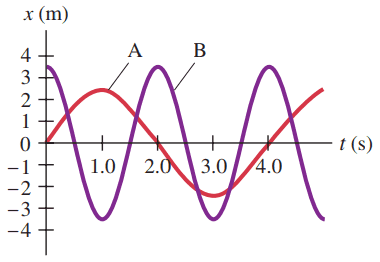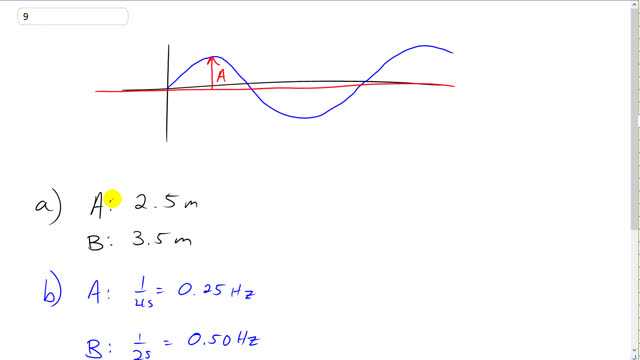
Figure 11–51 shows two examples of SHM, labeled A and B. For each, what is
- the amplitude,
- the frequency, and
- the period?


In order to watch this solution you need to have a subscription.
This is Giancoli Answers with Mr. Dychko. With a sinusoidal curve amplitude is measured from the equilibrium position, so that's the middle of the curve to any of the peaks. So, this would be the amplitude here. So, for curve A, that amplitude looks like it's about 2.5. And for curve B it looks like it's about 3.5. And the y-axis has units of meters, it says in that figure there. And then for part B, to measure frequency we go 1 divided by the period. So, 1 divided by the time between some point on the curve and when that same point happens again. So, you do not measure the period from here to here, no. Even though they both have a position of zero. They're not quite the same because they have different velocities at that point, they have different slopes in other words. So, at this point here, the origin the slope is positive. And so the exact same point is here, where the slope is also positive and having the same position of zero. So, you measure the period from here to here and that looks like it's about 4 seconds for A. So, 1/4 seconds is 0.25 hertz. And 1 over the period for B is 0.5 hertz. So, the period for A is 4 seconds and the period for B is 2 seconds.